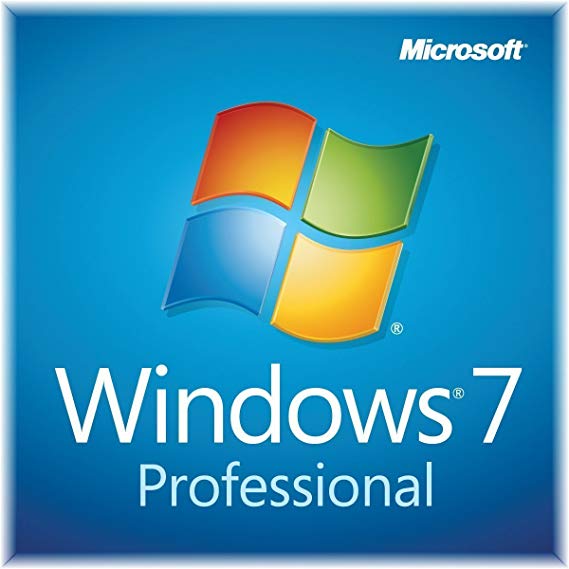 The end of one of the most stable operating systems Microsoft has produced. Windows 7, a very popular business workstation operating system will no longer be supported as of January 14th, 2020. This status change means that there will be no more updates or patches for the operating system. The end of support means the operating system will still work, but as time goes by, there will be more and more things that won’t work. We are already seeing that several web sites don’t work correctly in Internet Explorer 11 which is embedded in Windows 7
The end of one of the most stable operating systems Microsoft has produced. Windows 7, a very popular business workstation operating system will no longer be supported as of January 14th, 2020. This status change means that there will be no more updates or patches for the operating system. The end of support means the operating system will still work, but as time goes by, there will be more and more things that won’t work. We are already seeing that several web sites don’t work correctly in Internet Explorer 11 which is embedded in Windows 7
If history repeats itself, Windows 7 will go away the same way that Windows XP went away. Within 4 to 6 months, all antivirus software companies will stop supporting Windows 7, followed by hardware manufacturers (system boards, processors, peripheral devices) where drivers won’t be available for new products released after January 14th, 2020. Some hardware manufacturers already have product lines out that don’t provide software drivers for Windows 7.
For businesses, that are still running Windows 7 our recommendation is to get started on a migration plan. Your goal should be to replace all Windows 7 operating systems with Windows 10 by early in 2020. A realistic goal should be no later than April 2020, and sooner is always better to avoid support problems.
The first step is to identify computers that are running the Windows 7 operating system. Of the computers that are running Windows 7, if the computer was purchased with a Windows 10 license and downgraded to Windows 7, it can be upgraded to Windows 10 at no cost, just use the license that came with the computer. If the computer didn’t come with a windows 10 license, then look at the hardware to make sure it can run Windows 10. Our recommendation is to use a 250GB SSD drive minimum and a minimum of 8GB RAM. 500GB SSD or NVMe along with 16GB of RAM provides better performance but is more expensive.
Some upgrades aren’t worth the effort and cost. As a general rule of thumb, desktop computers more than 5 years old need to be replaced. Laptop computers that are more than 3 years old should also be replaced.
The second step is to check with application vendors to verify their applications work with Windows 10. Make a list of all applications and versions in use on the network. Contact each vendor to verify support and what needs to be done. In some cases, application upgrades are required. If upgrades are required, get cost information.
The third step is to put together a project plan outlining the reason for the project, what systems on the network are going to be affected, the cost involved and a timeline.
The fourth step is to present the project plan to management for approval. When building your project plan, make sure you are aggressive with your timeline, and estimate a little high on the cost. Management always likes it when a project comes in, on or under budget. Being aggressive with your timeline and being a little high on the cost also gives you some flexibility when working with management.
Remember, when doing a project, set the expectation with management and plan to exceed it! An “under promise and over deliver” mentality will make you a valued resource to management.
Brian Fulmer
Sr. Network Engineer
